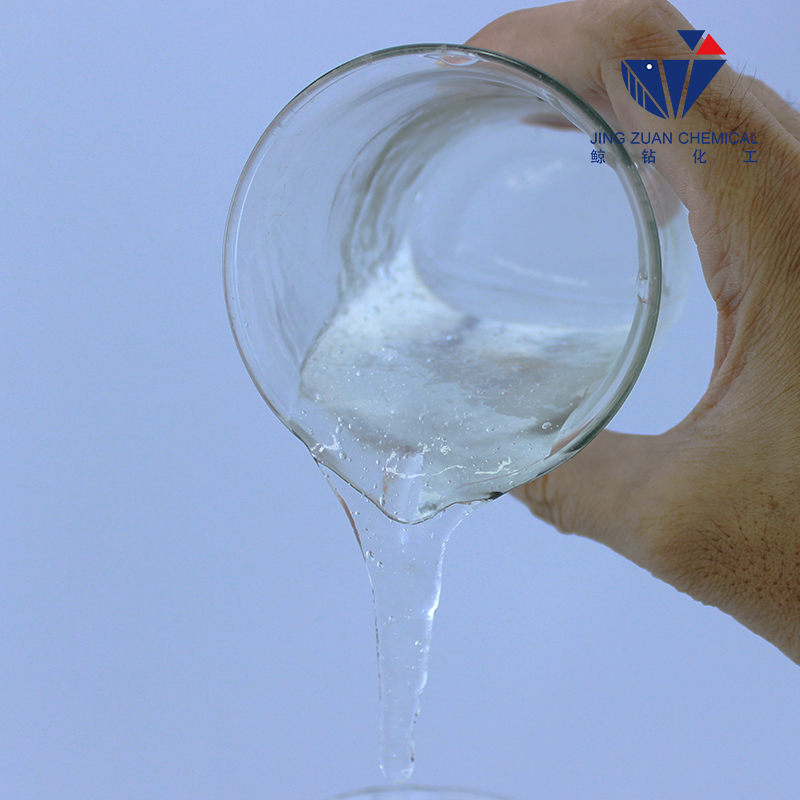
Nov . 26, 2024 08:08 Back to list
High Viscosity HPMC for Enhanced Performance in Various Applications
High Viscosity Hydroxypropyl Methylcellulose (HPMC) Properties, Applications, and Benefits
Hydroxypropyl Methylcellulose (HPMC) is a versatile polymer that is derived from cellulose, a natural polymer found in the plant cell walls. One of its notable forms is high viscosity HPMC, which is prized for its unique properties and a broad range of applications in various industries. This article explores the characteristics, advantages, and diverse uses of high viscosity HPMC, highlighting its significance in modern applications.
Properties of High Viscosity HPMC
High viscosity HPMC is characterized by its thickening ability, stability, and non-toxicity. The viscosity level of HPMC is significantly influenced by its molecular weight and concentration. High viscosity grades typically show a viscosity range of 5000 to 250,000 mPa·s in a 2% aqueous solution at 20°C. This property allows HPMC to impart gel-like consistency to solutions and improves the overall texture and stability of formulations.
Another vital property is its solubility. HPMC is soluble in cold water but remains insoluble in organic solvents, making it useful for formulations that require non-toxic ingredients. The ability to form clear, viscous gels upon dissolving in water contributes to its wide acceptance in various sectors, including food, pharmaceuticals, and cosmetics.
Applications of High Viscosity HPMC
1. Pharmaceutical Industry High viscosity HPMC is extensively utilized in the pharmaceutical sector as a thickener, binder, and stabilizer in various formulations. It plays a crucial role in the formulation of tablets, capsules, and controlled-release drugs. Its adhesive properties help to improve the integrity of dosage forms and enhance the release profile of the active pharmaceutical ingredients (APIs).
2. Food and Beverage Industry In food applications, high viscosity HPMC is used as a food additive due to its emulsifying, thickening, and stabilizing properties. It aids in improving the texture and mouthfeel of products and is often found in sauces, dressings, and ice creams. Additionally, the ability of high viscosity HPMC to retain moisture makes it an ideal ingredient in gluten-free or low-fat food formulations.
3. Cosmetics and Personal Care Products The cosmetic industry incorporates high viscosity HPMC in a variety of products such as creams, lotions, gels, and shampoos. Its thickening and stabilizing abilities contribute to the desired texture and performance of these formulations. Furthermore, its compatibility with other ingredients helps in maintaining the stability and efficacy of personal care products.
high viscosity hpmc

4. Construction Industry High viscosity HPMC is increasingly being used as an additive in construction materials such as adhesives, mortars, and plasters. It enhances the workability, water retention, and adhesion properties of these formulations, leading to improved performance and durability of construction materials.
5. Agriculture In the agricultural sector, high viscosity HPMC is employed in the formulation of pesticides and herbicides, providing better adhesion to plant surfaces and improving the efficacy of these products. Its bio-compatibility also makes it suitable for use in organic farming.
Benefits of High Viscosity HPMC
The advantages of high viscosity HPMC extend beyond its functional properties. One of its primary benefits is its safety profile, as it is generally regarded as safe (GRAS) by regulatory agencies. Its non-toxic nature makes it suitable for use in food and personal care products, which are applied directly to the skin or consumed.
Moreover, high viscosity HPMC's versatility allows it to be customized according to specific application needs. Adjusting the polymer chain length and substitution patterns can tailor its properties to suit various formulations, enabling manufacturers to develop unique products that meet market demands.
Lastly, the increasing interest in sustainable ingredients has spurred the adoption of high viscosity HPMC. As a plant-derived polymer, HPMC aligns well with the growing trend towards natural and eco-friendly formulations, making it an attractive choice for conscientious consumers and producers alike.
Conclusion
High viscosity Hydroxypropyl Methylcellulose stands as a remarkable example of how a single polymer can serve a multitude of functions across diverse industries. From pharmaceuticals to food and construction, its unique properties contribute significantly to enhancing product quality and performance. As industries continue to evolve and prioritize sustainability, high viscosity HPMC is poised to play an even more central role in developing innovative, effective, and safe formulations.
-
HPMC for Tile Adhesive: Superior Bonding & Workability
NewsAug.30,2025
-
Premium Cellulose Ether: Effective Liquid Thickener Solutions
NewsAug.29,2025
-
HPMC for Tile Adhesive: Enhanced Bonding & Workability
NewsAug.28,2025
-
tile-bonding-additives-for-stronger-bonds
NewsAug.22,2025
-
construction-grade-rdp-for-wholesale-needs
NewsAug.22,2025
-
trusted-hec-supplier
NewsAug.22,2025







